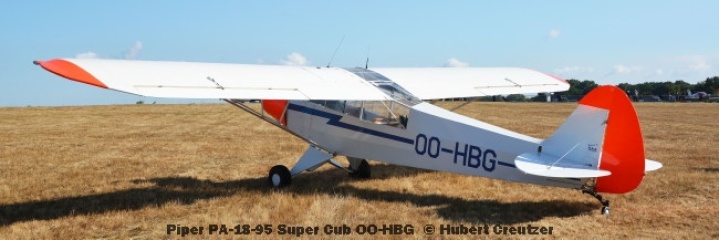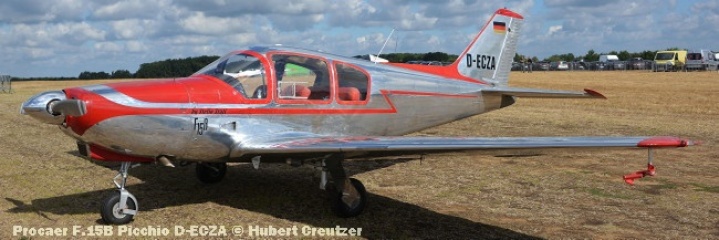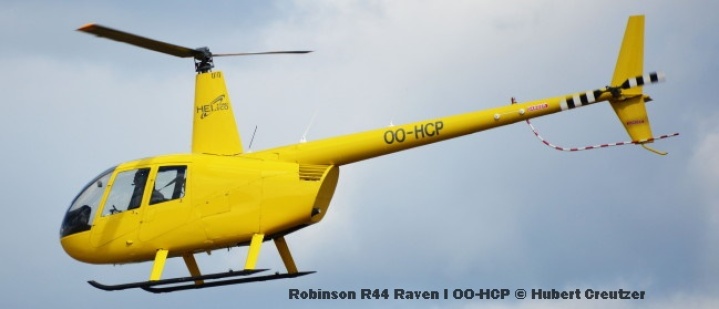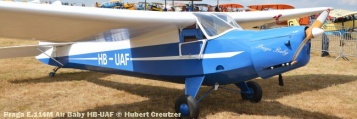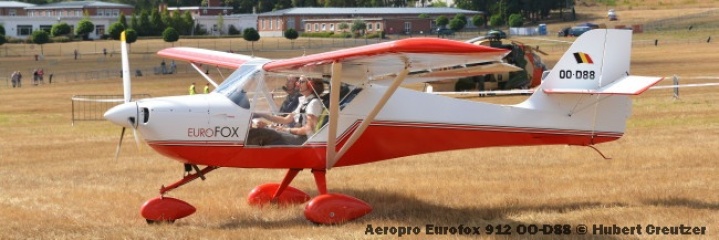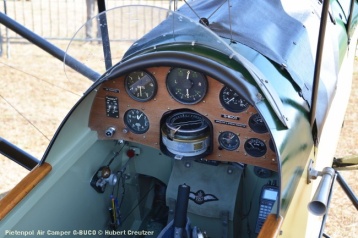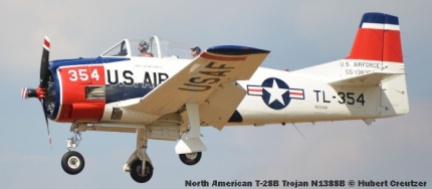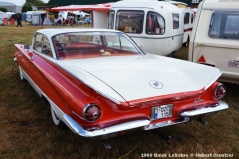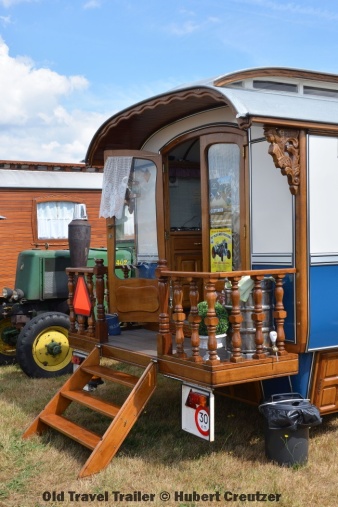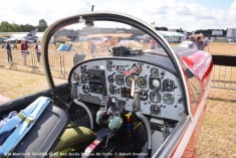Translation in english available at the bottom
Este año, la edición n°35 del Schaffen Diest Oldtimer Fly- en Drive-In tuvo lugar los 11 y 12 de agosto en el campo de aviación de Schaffen-Diest, una ciudad al noreste de Bruselas.
En esta asistieron muchos aviones de los países vecinos de Bélgica: Francia, Suiza, Inglaterra, Holanda, Alemania, y Austria entre otros.
La mayoría de los aviones eran del tipo mono motores.
Unos cuantos aviones de acrobacias, ultra livianos, helicópteros así como la patrulla Aérea belga de los ‘’Red Devils’’ participaron en este evento anual.
La ventaja de este encuentro permite de ver no solo aviones o aeronaves modernos, sino que también los de épocas anteriores, que a veces son más difíciles de contemplar por separado, cada uno siendo bien cuidado y ocultado en su hangar.
Cada tripulación pudo disfrutar de los siguientes beneficios: el almuerzo ofrecido el día de llegada, instalaciones de alojamiento en el campo de aviación (camping) o el transporte a diferentes hoteles de la zona, noches de asados y baile con música en vivo la noche del sábado ( 11 de agosto).
El día domingo, también reservó algunas sorpresas entre los recién llegados tal como podemos ver en las siguientes fotos.
Mencionemos también la presencia, en el aeródromo, de una concentración importante de varios vehículos motorizados.
Entre ellos, descubrimos muchas antigüedades, incluidos coches estadounidenses con colores brillantes.
Del mismo modo, un conjunto de caravanas y remolques antiguos nos permitieron imaginar el viaje de placer en estos tiempos.
Sin olvidar por supuesto los numerosos vehículos militares.
Todo esto creó un ambiente muy agradable.

El aeródromo de Schaffen, o más exactamente la Base Aérea de Schaffen es el centro de entrenamiento de paracaidistas de los para-comando belgas.
La base tiene una pista de pasto de 607 m (orientada 04/22)

La creación de esta base se remonta al comienzo de la primera guerra mundial, después de la invasión alemana de Bélgica, en 1914. Vivió los primeros pasos de la aviación de guerra.
Las tropas alemanas se retiraron, por supuesto, en 1918.
Entre las dos guerras mundiales, el aeródromo fue intensamente utilizado por la aeronáutica militar belga.
En la mañana del 10 de mayo de 1940 (fecha del comienzo de la invasión alemana) sonó la alarma y los pilotos corrieron hacia sus aviones, pensando en un ejercicio.
Unos minutos más tarde, tres Heinkel 111 de la Luftwaffe bombardearon la base, seguido por los Messerschmitt Me-110 y Dornier Do-17 que atacaron y bombardearon de nuevo las instalaciones de la base.
Cuatro aviones Hurricane fueron destruidos y otros seis dañados.
A las 5:30 a.m., solo 5 aviones estaban en estado de vuelo: dos Hawker Hurricane y tres Gloster Gladiator.
Durante la guerra, la Luftwaffe basó allí unos bombarderos Junkers Ju-87 Stuka para atacar la fuerza aérea inglesa en el Canal. Sin embargo, estos aviones sufrieron pérdidas significativas y, por lo tanto, fueron trasladados a los Balcanes. Durante el resto de la ocupación, la base de Schaffen era un campo de aviación no de combate de la Luftwaffe.
Al final de la guerra, (1945) Schaffen fue convertida en la sede de la EPE, escuela de pilotaje elementaria.
En 1950, Esta escuela fue trasladada a Goetsenhoven (base militar a 2 kilómetros de la ciudad de Tienen) y la base de Schaffen continuo como centro de entrenamiento de paracaidistas desde 1946.
Otra presencia notable fue la de la patrulla acrobática belga de los Red Devils.
La Fuerza Aérea Belga siempre ha estado interesada en tener una formación de demostración acrobático, ya sea solo o en patrullas acrobáticas.
Los inicios reales se remontan a 1933, con la participación de aviones tales como el Fairey Fox, el Gloster Gladiator y Fiat CR-42 en las ceremonias conmemorativas que implican demostraciones de acrobacia.
Después del final de la Segunda Guerra Mundial, será el Spitfire, antes de la llegada de los primeros aviones a reacción Gloster Meteor 4, F4 y T7 en 1948 y 1949
Gracias a su profesionalismo y experiencias, estos pilotos son invitados a una competencia en vuelo en Lyon, donde ganan el título, frente a la patrulla estadounidense entre otras.
Un primer equipo acrobático de 4 aviones Gloster Meteor F8 está formado, rápidamente sobre nombrados los Acrobobs.
Después de algunas aventuras, continuarán en el Meteor hasta 1956, cuando estos aviones fueron retirados del servicio.
En 1957, una patrulla fue reactivada en el Hunter F4, el nuevo avión de caza de la Fuerza Aérea Belga.
Rápidamente la patrulla estará compuesta por 5 aviones que participarán en el gran encuentro internacional de acrobacias en 1958 en Bierset, con motivo de la Exposición Internacional de Bruselas.
Pronto la patrulla contará hasta 16 aviones para competir con la patrulla de nuestro vecino del otro lado del Canal (Inglaterra).
En 1959, la patrulla fue oficialmente llamada «Red Devils».
Al año siguiente, como medida de economía, la patrulla tenía solo 4 aviones pero recibe una nueva decoración:

El fuselaje es rojo y los tres colores nacionales se encuentran debajo de las alas. De forma similar, los aviones están equipados con humo para hacer que las acrobacias sean más visibles.
En 1963, el Hunter fue retirado y reemplazado por el F-104G Starfighter. Esta decisión suena momentáneamente el final de la Patrulla de los Diablos Rojos.
Dos años más tarde y con gran obstinación, se crea un nuevo equipo en 1965 en Fouga Magister. Los Red Devils están invitados en 1966 a 24 presentaciones en Bélgica y otros países.

Después, desafortunadamente, debido a uno u otro accidente fatal, el equipo vuelve a 6 aviones.
Con consecuencia de la crisis del petróleo de 1972, la patrulla pasa a dos aviones (por restricciones) antes de regresar a 6.
En 1977, final de la aventura del Fouga Magister y reemplazo con el Alpha Jet. De nuevo, debido a la falta de recursos, el equipo no se reconstruirá y veremos solamente «presentaciones en solo».
Afortunadamente en 2011, bajo la dirección del Jefe de Estado Mayor Van de Voorde, los Red Devils toman el aire nuevamente, esta vez en Marchetti SF-260M.
A partir de esta fecha se reanudan las presentaciones nacionales e internacionales.
A pesar de la modestia de sus aviones, pequeños monomotor y contra los aviones a reacción utilizados por otros equipos, los Diablos Rojos tienen mucho éxito, especialmente en Salon-de-Provence contra la Patrulla de Francia, de la cual esta ciudad es la base de apego.
Este fue un resumen de la historia de esta famosa patrulla belga que hizo tanto vibrar a Bélgica
Esperaremos el próximo año para un nuevo Fly-Drive In en Schaffen.
Hubert Creutzer
Special thanks to Luc barry for his contribution.
Fuentes
-Wikipedia: Base aérea de Schaffen
The 35th Schaffen-Diest Old-timer Fly- Drive-In took place this year, on August 11th and 12th, 2018 at Schaffen-Diest Airfield, a town northeast of Brussels.
There were many planes coming from Belgium’s neighbouring countries: France, Switzerland, England, Netherlands, Germany, Austrians, among others.
Most aircraft were single engines.
A series of ultralights, aerobatic aircraft, some helicopters and the Belgian aerobatic team ´´The Red Devils’’ participated also in this annual meeting.
The advantage of this gathering allows to see not only modern airplanes or aircraft, but also older ones, which are sometimes more difficult to contemplate separately, each well kept and hidden in there hangar.
Each crew could enjoy the following benefits: lunch offered on the day of arrival, accommodation facilities on the airfield (camping), or transportation to the various hotels in the area, barbecue in the evening and dancing with orchestra on Saturday evening (August 11).
Sunday’s day also reserved some surprises among the newcomers.
Let us mention again the presence on the aerodrome of a very important gathering of various vehicles.
Among them, we discover many ancestors including old American cars with shimmering colours.
In the same way a set of old caravans and older trailers allowed us to imagine the pleasure trip in these times.
Without forgetting of course the numerous military vehicles.
All this created a very nice atmosphere.
She also lived the first steps of military aviation. The aerodrome of Schaffen or more exactly the Schaffen Air Base is the paratrooper-training centre of the Belgian para-commandos.
The base has a grass runway of 607m (oriented 04/22)
The foundation of this base goes back to the beginning of the First World War, after the German invasion of Belgium, in 1914.
The German troops withdrew, of course, in 1918.
Between the two world wars, the aerodrome was intensively use by the Belgian military aeronautics.
On the morning of May 10, 1940 (date of the beginning of the German invasion) the alarm sounded and the pilots ran towards their planes, thinking of an exercise.
A few minutes later three Luftwaffe Heinkel 111 bombed the base, followed by the Messerschmitt Me-110 and Dornier Do-17 who strafe and bomb again the facilities of the base.
Four Hurricane planes were destroyed and six others damaged.
At 5:30 am, only five aircraft were in flight status: two Hawker Hurricane and three Gloster Gladiator
During the war, the Luftwaffe based there Junkers Ju-87 Stuka bombers to attack the English RAF in the Channel. These aircraft, however, suffered significant losses and were therefore moved to the Balkans.
For the remainder of the occupation, the Schaffen base was a non-combat airfield of the Luftwaffe.
At the end of the war, (1945) Schaffen became the seat of the elementary school of piloting, in Dutch «.
In 1950, this school moved to Goetsenhoven (military base located 2 kilometres from the town of Tienen) and the Schaffen base remained as a para-commando paratroopers training centre as from 1946.
Another notable presence was that of the Belgian aerobatic team of the Red Devils
The Belgian Air Force has always been keen to incorporate a aerobatic team, either solo or in patrols.
The real beginnings date back to 1933, with the participation of aircraft such as the Fairey Fox, Gloster Gladiator and Fiat CR-42 at commemorative ceremonies demonstrating their acrobatic flights capacities.
After the end of the Second World War, the Spitfires will take over, before the arrival of the first Gloster Meteor 4, F4 and T7 jet planes in 1948 and 1949
Thanks to their professionalism and experiences, these pilots are invited to a flight competition in Lyon, where they win the title, in front of the American team among others.
A first aerobatic team of four aircraft Gloster Meteor F8 is formed, quickly named Acrobobs.
After some adventures, they will continue on the Meteor until 1956, when these aircrafts are remove from service.
In 1957, a team was reactivated in the Hunter F4, the new Belgian Air Force fighter plane.
Quickly the team will be composed of five planes that will participate in the great international meeting in 1958 in Bierset, on the occasion of the International Exhibition in Brussels.
Soon the team will count up to 16 aircraft to compete with the one of our neighbour across the Channel (England).
In 1959, the team was officially called «Red Devils».
The following year, as a measure of economy, it had only four planes but received a new decoration:
The fuselage is red and the three national colours are under the wings. Similarly, aircraft are equipped with smoke to make stunts more visible.
In 1963, the Hunter was removed and replaced by the F-104G Starfighter.
Two years later and with great stubbornness, a new team was created in 1965 with the Fouga Magister. The Red Devils are invite in 1966 to 24 presentations in Belgium and other countries.
Then, unfortunately, due one or another fatal accident, the team returns to 6 aircraft.
Because of the 1972 oil crisis, the team passes to two planes (due to restrictions) before returning to 6.
In 1977, end of the Fouga Magister adventure and replacement with Alpha Jet.
Again, due to lack of resources, the team will not be rebuilt and we will only see «solo presentations».
Fortunately, in 2011, under the direction of the Chief of Staff Van de Voorde, the Red Devils take the air again, this time in the SIAI Marchetti SF-260M.
From this date, national and international presentations are resumed.
Despite the modesty of its aircraft, small single-engine and against jet aircraft used by other teams, the Red Devils are very successful, especially in Salon-de-Provence against the Patrouille de France, of which this city is the base of attachment.
This was a summary of the history of this famous Belgian patrol that made Belgium so much vibrate
We will wait next year for a new Fly-Drive In in Schaffen
Hubert Creutzer
Special thanks to Luc barry for his contribution.
Documentation
-Wikipedia: Air Force Base Schaffen






